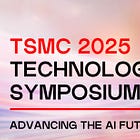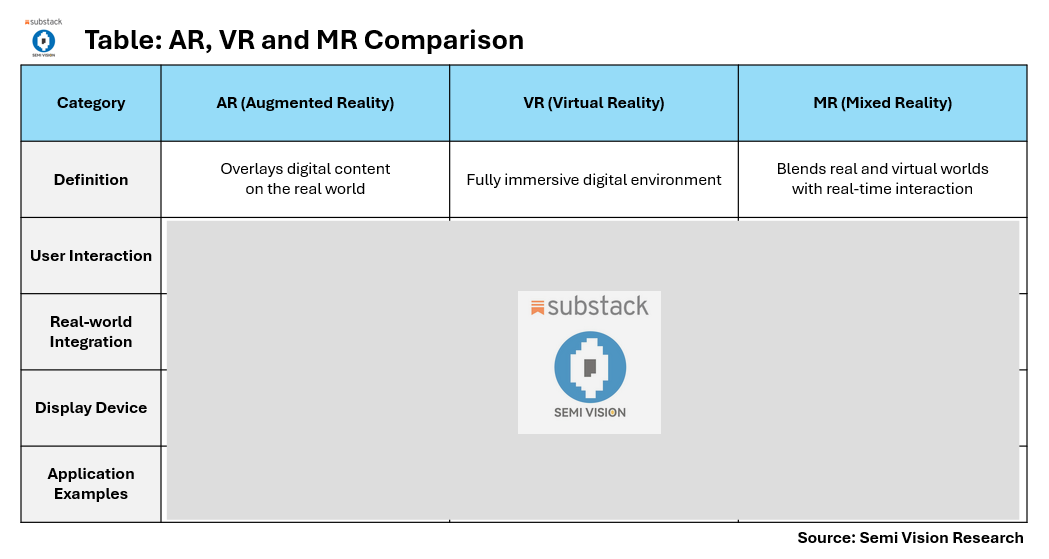The Future of Smart Glasses: Why Cameras Matter and How to Address Privacy Concerns
Original Article by SemiVision Research
At the 2025 North America Technology Symposium, TSMC highlighted two new application areas: augmented reality (AR) and robotics. Here, we will briefly introduce the types of chips required in AR glasses where TSMC plays a key role.
Key Components Enabling Seamless, Immersive, and Stylish AR
Main Processor (Spatial Computing)
The core of AR glasses, responsible for spatial awareness, real-time data processing, and managing complex computing tasks. It enables interactive AR experiences by processing sensor inputs and rendering virtual content in alignment with the physical environment.Processor (Ultra Low Power Compute)
A secondary processor optimized for low-power operations, ensuring extended battery life while handling lightweight computational tasks such as background processes, simple AI functions, and device management without draining power.AR Sensing/Camera (Smart Sensor)
Integrated smart sensors and cameras capture the surrounding environment, enabling features like object recognition, gesture control, and spatial mapping. These components are critical for delivering accurate augmented overlays and enhancing user interaction with real-world elements.Near-Eye Display Engine (Compact & Light Display)
This module drives the micro-display technology positioned close to the eyes, offering high-resolution visuals in a compact, lightweight form factor. It ensures clarity, brightness, and responsiveness essential for immersive AR visuals without causing discomfort during extended use.WiFi/Bluetooth Technology (Low Latency RF)
Provides seamless wireless connectivity for data transmission, cloud synchronization, and device pairing. The focus on low-latency RF ensures real-time communication, critical for applications like live AR streaming, interactive content, and IoT integration.Digital Intensive PMIC (Low Power Charger)
The Power Management IC (PMIC) efficiently regulates power distribution across all components, optimizing battery usage and supporting fast charging capabilities. Its low-power design is crucial for maintaining lightweight, wearable AR devices.Code Storage eNVM (High Performance MCU)
Embedded Non-Volatile Memory (eNVM) paired with a high-performance Microcontroller Unit (MCU) stores firmware, essential codes, and AI models locally. This enables fast boot times, secure data storage, and efficient execution of critical system tasks.
For Paid Members, SemiVision will discuss topics on
Introduction: Where Technology and Privacy Intersect
Camera Technology and Applications in Smart Glasses
Why Are Cameras “Indispensable”?
Three Major Sources of Privacy Concerns
How Can Design Address Privacy Concerns?
Regulatory and International Responses
From Tech Product to Social Contract
AR (Augmented Reality) Glasses: Technical and Commercialization Challenges








